French Guiana - a bit of Papillion
- Declan and Rachel

- Oct 8, 2019
- 5 min read
We arrived at the French Guiana border on a Sunday afternoon. A quiet modern post, manned by a policeman and a customs officer. No passport stamp and no Temporary Import Permit here - we were stepping into a little bit of France. At the border, Customs sell car insurance for foreign vehicles, but only for non-EU countries. Now that sounds fine, as this little French enclave is surrounded by non EU... but on the rare occasion a European-plated vehicle appears, Customs cannot technically sell insurance. A company that will provide insurance is in Cayenne, but it's a good, no-insurance drive away!
The friendly customs officer confirmed that he couldn't sell us the insurance. We discussed the nonsense of the situation and I added in that I didn't think Brazil would let us back in, if we were turned back. He said he'd phone his boss, but not to be too hopeful as the boss normally said "Non". We were lucky and, despite his forecast, we obtained a "Oui".
Next was a road in the direction of Cayenne. I wasn't sure what to expect of French Guiana. What we got were modern roads winding through rain forest. Strangely, there we saw a lot of car wrecks at the sides of the road. It was as if every car that crashed was automatically abandoned in situ.
French Guiana doesn't have a camping culture. Their view being that there are too many things on the ground that bite, so it's preferable to be higher up than a tent floor. Instead they have carbets, covered spaces with hammocks. Our first stop was Le Balisier, where we were given hammocks with mosquito nets. Rachel was suffering badly (possibly food poisoning), so we ground to a halt for a few recovery days.
Once a little better, we moved on to Trésor Nature Reserve, where we saw a venemous snake whilst walking the trail. We later drove to the slightly remote Kaw boat ramp, to camp for the night and in the morning took a small boat to Kaw village, where we mistakenly hoped to see Red Ibis. We did see Giant River Otters on the way, but no Ibis. Apparently they were a five-hour boat trip away. The village itself wasn't particularly interesting.
Back with the van we headed to Cayenne, the capital, a small handsome city with a number of colonial style buildings. First thing on our list was a visit to the Suriname Consulate to obtain visas. We were aware that there might be a problem getting west from Suriname, the ferry into Guyana had been out of service since May. The Consulate confirmed that the ferry still wasn't running, but that could change by the time we arrived in the country.
Rachel was still recovering, so camping in Cayenne was not an option. We arranged a boat trip to îles de Salut, then booked an Airbnb room, a little distance from Cayenne. With the room came a free Tarantula. It waited on the fly-screen for bugs to be attracted by the light from our room, then pounced - buffet dining.
Back in Cayenne on the waterfront, we found Les Chaînes Brisées (a giant set of manacles), a powerful monument to the history of Slavery. At a distance on the muddy beach we spotted a few Red Ibis. We also visited the Volkswagen garage in the hope of dealing with a few issues. Generally the Volkswagen garages throughout Central & South America (and we have visited quite a few!) have been very helpful, despite most never having seen or worked on a Transporter T5. Here, we were in one of only a few countries, which actually has the Transporter, and they didn't want our business, even suggesting the next country, Suriname, would be better.
French Guiana has a large Vietnamese community and we found a great food counter in the market - Vietnamese Phô for lunch before heading to Kourou, where we spotted more Red Ibis and saw Dreyfus Tower on the beach.
There are two good reasons to visit Kourou, boat trips to Îles du Salut (Salvation Islands) and the Space Centre.
The European Space Centre has a very good museum and tour of the site, which covers an area about the size of Paris. Various rockets are launched from here, size dependent on payload. They even contract with Soyuz. When a payload requires a Soyuz, the Russian personnel arrive to assemble the rocket in secret. They bring and load the fuel (recipe not revealed). The only bit the Space Centre get to do, is add the payload and light the match for the touch-paper... A great afternoon tour.
Not wanting to miss the Sunday market, we then headed to Cacao, where we camped by the Comté river. Most of the population are Hmong farmers, formerly from Laos and resettled here in the early 1970s. The Sunday market offers traditional food and artisan products. The food was great and there was a lively boules competition taking place nearby.
Back in Korou for our Monday tour of the Salvation Islands – Île Royale, Île St Joseph and Île du Diable (Devils Island). These are famous for the Penal Colony, where, until 1946, France sent its worst criminals and some political prisoners. In the bad old days, if you were sentenced to more than eight years then post release you had to stay eight more years in French Guiana. If you didn't find work very quickly, you went straight back into prison. Suffice to say, not many ever saw France again. If you avoided the guillotine, survived your sentence, malaria, yellow fever and the extra eight years, it was very unlikely you would even have sufficient money to pay your passage back home.
You are not allowed to visit Devils Island, but can see on one end a small stone building. This was where, from 1895, Alfred Dreyfus (Dreyfus Affair) was imprisoned for five years, the sole prisoner on the island. A military officer, he had been convicted of passing secrets to the Germans. It was such a high profile case at the time that authorities feared someone would attempt to free him. Each time an unknown ship neared the islands, a gun was held to his head. He was eventually exonerated in 1906. I remember being taught about this case at school.
Still on the islands - the ruined penitentiary buildings, including the condemned cells, were amazing to visit. Beautiful islands with a dark past.
With our tour of French Guiana pretty much complete and still hopeful that the Suriname / Guiana ferry would be back operational by the time we got there, we continued west, stopping briefly to see the church in Iracoubo, decorated by one of the convicts, Pierre Huguet. We also managed a little tour of Saint-Laurent-Du-Maroni, the place where convicts landed in French Guiana and were held in the Transportation Camp before being sent by rail on to the islands to serve their sentences
It was then time to take the ferry across the Maroni River to Suriname.









































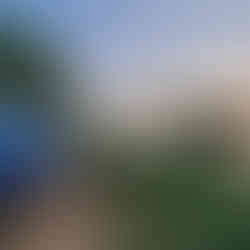






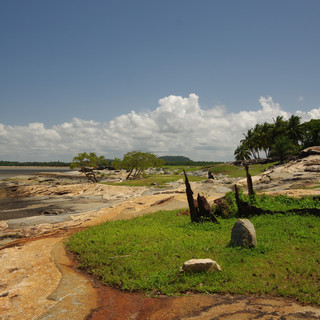







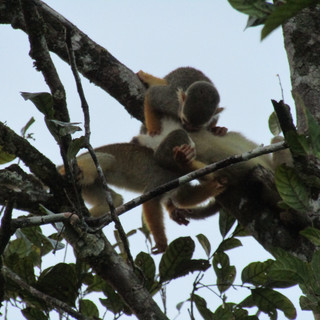
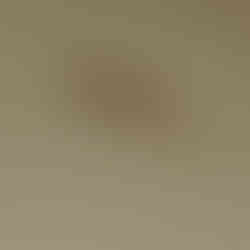

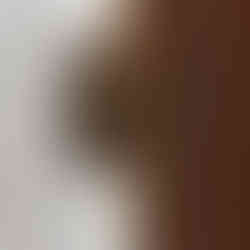





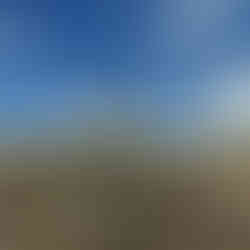








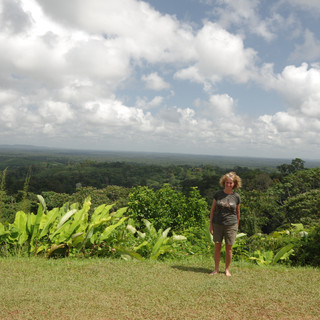























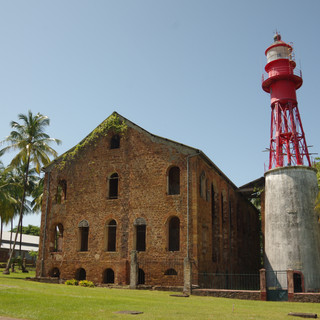












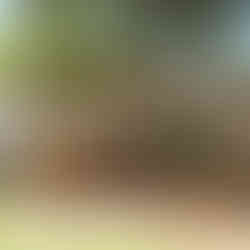











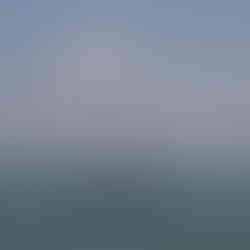










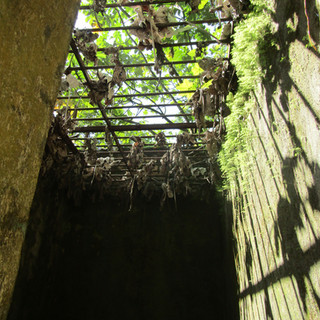
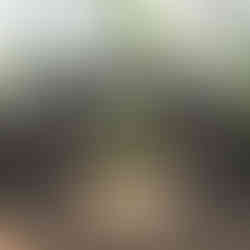











Comments